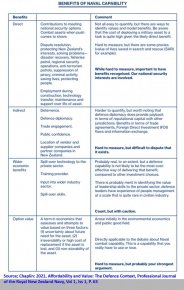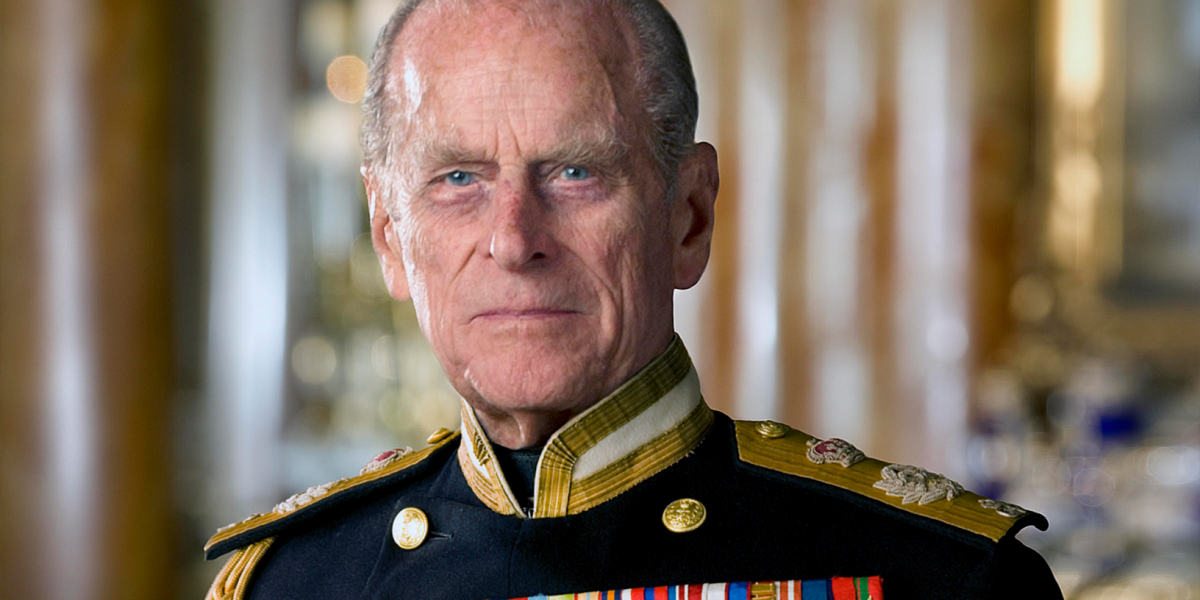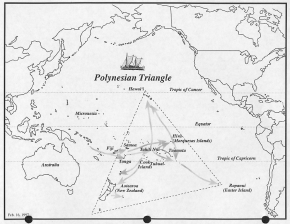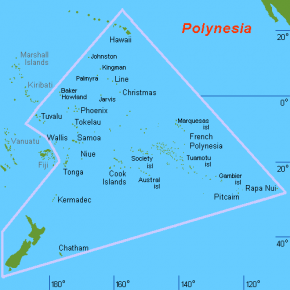Professional Journal of the Royal New Zealand Navy
Issue 1, Vol., 1. January 2021
Part 2.
Welcome to Part Two of my discussion on Vol. 1 of the first issue of the Professional Journal of the Royal New Zealand Navy (PJRNZN). The first part is posted here. In this part I will be looking at an opinion piece,
Affordability and Value: The Defence Context by Rear Admiral John Martin with Gareth Chaplin.
Affordability and Value: The Defence Context by Rear Admiral John Martin with Gareth Chaplin - The challenge facing the Navy’s leadership.
This article is in two parts and the first part is written by Gareth Chaplin, who discusses the Treasury point of view with regard to defence acquisition and offers some advice about how to get Treasury onside. He also offers some very interesting insights. I have chosen this article as the next article for discussion because funding has a considerable part to play in acquisitions and it is how capability plans and requests are presented to both Treasury and the Cabinet that can make all the difference between success and failure. Gareth Chaplin speaks to this.
Gareth Chaplin is the Principal Economist at the New Zealand Institute of Economic Research and former Treasury Vote Manager for Defence at the New Zealand Treasury. Gareth writes about the affordability and value of New Zealand’s naval forces.
Chaplin starts off by stating that: “
Defence funding is a hard question for Treasury, and for Government Ministers. The cost is immediate, the benefits are highly uncertain, and the normal budget rules don’t seem to apply. Build a hospital, and you can run the metrics over procedures, survival rates, quality of life, and come up with a cost-benefit calculation. If it’s positive enough, you might invest in a new hospital, over a new school, or a new piece of roading infrastructure. To do that, Treasury has built a whole industry around Better Business Cases, Benefit Assessments and Investment Frameworks. So, in that context, how much should be afforded to build the Navy? And how might you tell?” (Chaplin and Martin, 2020, P. 61)
He then goes on to state: “
I would tend to define affordability to mean ‘purchasing an optimal amount of naval capability’. Very Treasury, very sound. But how on earth do you define optimal? How about, ‘what do other people spend?’” He then states that Ministers like to feel comfortable in there expenditure, so they will look at what other OECD nations spend upon defence and that is how we ended up in the 1.5 – 2.0% band. However I would argue that he is being very optimistic if he’s claiming that band because I would say that we are in the 1.0 – 1.5% band. He goes on to say that; “
I think this is our default thinking, and it gets defence spending very much into the ‘grudge spend’ mindset. What is the minimum necessary we can get away with? I think we can do a bit better. How about a slightly more granular definition: ‘buying the minimum amount of capability that you can be reasonably confident will deliver most of the tasking you are likely to need over the life of the asset’.” I think that we are at this level now where that the absolute minimum is acquired and that has been the default setting since 1999, stand fast the LAV III acquisition. He lists four points that he believes have to be considered:
- What tasking can you reasonably expect to plan for?
• Capability is a combination of platforms, systems and people. How much of each is enough and when will a refresh be necessary?
• Time matters. Navy assets have long lives, people have to be recruited, trained and given experience, and ships have to be maintained. You have to be able to get up and go again following a deployment, so how much headroom do you need to allow for stewardship of the people, the service and the ships?
• Life-cycle cost matters: whole-of-life operating costs are (rule of thumb) twice the cost of the platform.
• What does “reasonably confident” mean—bleeding edge, comfortably achievable, somewhere in the middle?
(Chaplin and Martin, 2020, P. 62)
He makes the point that NZDF capabilities are highly specialised assets, taking time to raise, train and maintain. Therefore the challenge for the RNZN, NZDF and the MOD is to help the other ministries and wider government navigate their way through these issues. He then goes on to identify key issues which are highly important, especially dealing with Treasury. He uses the term
Form Follows Function quite often, which appears to be a Treasury mantra.
Government is unwilling to face up to providing clear direction about likely use and tasking of its military capability.
Why this matters to Treasury:
Form follows function. It is easy to see what health investment, or education investment is supposed to achieve. What does investing in military capability provide? In the past, New Zealand has not been inclined to specificity about our strategic interests, or our military needs” We have lots or partial statements, nice sound bites, about all the nice things that the GOTD wants NZDF to do. Peacekeeping, HADR, NZARP Support, Pacific Reset, EEZ surveillance, Australian defence treaty obligations, FPDA, Coalition arrangements etc., but there is no distinct single government long term defence strategy or direction. Hence the result is in his words: “
We end up with horrible metrics like percentage of GDP. 2% turned up years ago, it’s an incredibly poor metric, it speaks nothing of choices, or capability, or assets. It provides a rough comparator of affordability—but is there a better one?”
What benefits does having a Naval capability really deliver?
Why this matters to Treasury:
“
There are a range of economic and social benefits that having naval capability provides. Some of the arguments are stronger than you might think, others are probably weaker. Understanding that there will be a package, and that Treasury will look at direct benefits, indirect benefits and then, maybe, wider-economic benefits (be warned, Treasury staff are trained to be deeply sceptical of benefits, and of multipliers. You should also invest some time in encouraging Treasury to think through arguments around option value.”
I believe that in the last 3 or 4 years Treasury have had a person coordinating with the MOD Capability Branch, so hopefully that they will have gained and understanding of Defence capability and its uniqueness. Maybe Treasury should consider seconding some of its people to the MOD and NZDF Capability Branches in order for them to gain a greater understanding of Defence capabilities. This would be a win win for Treasury and MOD / NZDF with both obtaining learnings and understandings of each other’s needs and requirements.
 A lingering doubt that the defence asset procurement system doesn’t work very well
A lingering doubt that the defence asset procurement system doesn’t work very well
Why this matters to Treasury:
“
In the past you could not really trust defence acquisition processes. Our recent history has seen poorly thought-out specification processes, troubled acquisitions, and significant and material under-estimation of whole-of-life operating costs. Essentially, the civilian-led procurement system seemed systemically organised to deliver poor quality solutions. From a Treasury perspective, because of the incentives, there is little experience in procuring major defence assets:
1. It’s a once in a generation activity, so normal civilian techniques to assess business cases are used;
2. There is little expertise within the services and MoD around managing highly complex military acquisitions;
3. Other civilian players don’t really have skin in the game. Will Customs or Fisheries be forced to use only defence assets?; and
4. New Zealand Defence Force (NZDF) personnel, even in acquisition roles, were in rotational postings, not specialist roles.”
Since 2014 the MOD Capability Branch has undergone significant reform and in 2018 the then Minister Of Defence, Ron Mark who used to be a harsh critic of defence procurement for many years, ordered a review of defence procurement. The report came back with a favourable review and the then Minister was very pleasantly surprised, so after the review he sang their praises.
Publications | Ministry of Defence Website
Part 3 will appear in the near future.
Source:
Chaplin, G. and Martin, J. (2020): Affordability and Value: The Defence Context, Professional Journal of the Royal New Zealand Navy, 1, No 1 December 2020, 60 - 69 https://
www.nzdf.mil.nz/assets/publication/Professional-Journal-of-the-Royal-New-Zealand-Navy-December-2020_online.pdf 03/02/2021






